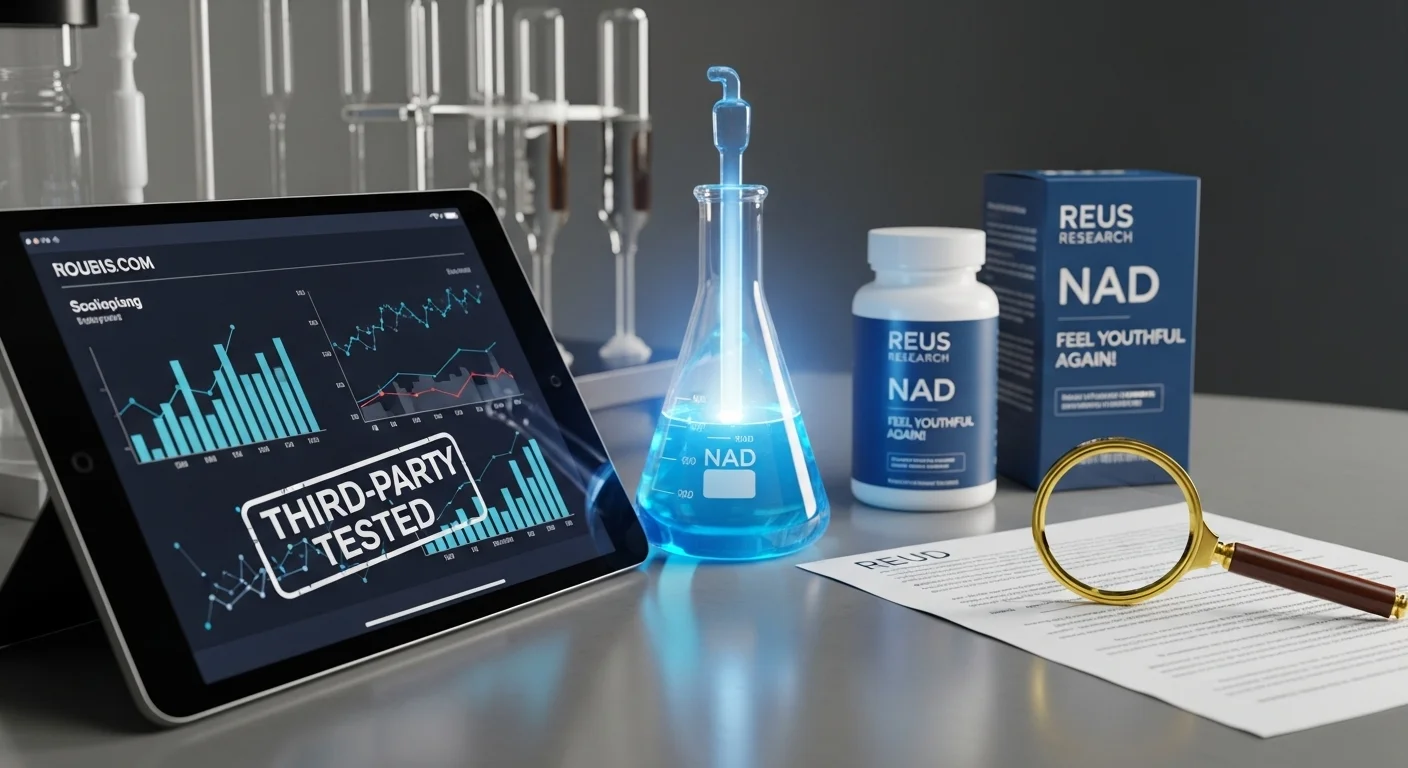Blog
Reus Research Nad Explained Simply

The term Reus Research Nad has popped up more than once—especially on supplement listings and international marketplaces—but when you dig in, the explanations are either thin or sounding like marketing copy. So what is it, really? And how does it connect to the more familiar compound we call NAD (nicotinamide adenine dinucleotide), which your cells use every single day. The goal here is clear: No confusing science talk. No hype. Just a grounded explanation of what NAD does, how it supports your body, and where “Reus Research Nad” fits (and where it doesn’t). By the end you’ll understand what NAD is, why lots of supplements refer to it, why the label “Reus Research Nad” is fuzzy, and how to evaluate any product properly.
What NAD Actually Is
NAD stands for the mouthful “nicotinamide adenine dinucleotide,” but forget that name. Think of it as a key player in your body’s energy economy—every time your body converts food into energy, NAD plays a role. It also helps your cells repair themselves, supports brain function, influences metabolism, and is part of what we loosely call “healthy ageing.” Importantly, NAD levels tend to drop as we get older, which can slow down your energy production and recovery capacity—so yes, it matters.
Where “Reus Research Nad” Comes In
That listing claims: “Supports skin aging … tested in the USA … liposomal NAD encapsulation technology … NMN supplement alternative.” But when you look for solid disclosure what exactly is inside, what the manufacturing process is, who did the tests the details are thin. The term “Reus Research” appears as brand/manufacturer, but I couldn’t find any well-known research institution by that name documented publicly. Same with the listing on Noon: it’s a store listing for the brand, but not a peer-reviewed study or clinical trial registry. What this tells us: “Reus Research Nad” is likely a brand-oriented product label rather than a standalone scientific entity, so you have to evaluate like any supplement: check the ingredients, check the test results, check what exactly “NAD” or “precursor” they are using.
The Bigger Picture on NAD Supplements
NAD precursors like NMN and NR have actual research behind them showing they can boost NAD levels in humans. Does that translate to dramatic anti-aging effects? The jury’s still out. Most studies are small, short-term, or done in animals. What we know for sure: NAD is critical for cellular function, levels do decline with age, and boosting those levels through precursors is possible. Whether any specific product delivers on its promises depends entirely on formulation, dosage, quality, and your individual biology.
How to Evaluate Any NAD-Related Product
When you’re faced with a supplement page for something branded as “Reus Research Nad” (or any NAD claim), here’s what you check: First, look for the ingredient list showing the molecular form. If it just says “proprietary blend” or “Lipon AD technology” without breakdown, that’s a red flag. The phrases “900 mg” and “resveratrol” are there, but I couldn’t confirm exactly how much NAD vs precursor. Second, look for third-party lab results or purity certificates claimed by the seller—this is about safety, transparency. Third, make sure dosage amounts are clearly listed (how many mg per serving, how many capsules). Fourth, be skeptical of big claims like “reverse skin aging” or “unlock youth” unless there are clear studies cited. In that Amazon listing, the promise “Feel youthful again” is strong—but again, the supporting documentation is not present in the listing. If any of those are missing, you’re at risk of buying marketing language, not science.

Conclusion
So here’s the deal: Reus Research Nad Explained Simply means you see a product, you know what it claims, and you know how to figure out if it stacks up. The label alone (“Reus Research Nad”) doesn’t guarantee clarity—it’s what’s inside that matters. NAD is a real cellular compound with important roles. The idea of supporting it makes sense. But when a product uses that term, you evaluate cautiously: what form is used, how much, how tested. When you do that, you move from marketing promises into smart decision-making. No hype. Just clarity.
References
- Sinclair, D.A. (2016). “Why NAD+ Declines during Aging: It’s Destroyed.” Cell Metabolism, 23(6), 965-966. Published in PMC (PMC5088772).
- Massudi, H., et al. (2012). “Age-Associated Changes In Oxidative Stress and NAD+ Metabolism In Human Tissue.” PLOS ONE, 7(7), e42357.
- Katsyuba, E., et al. (2020). “NAD+ metabolism and its roles in cellular processes during ageing.” Nature Reviews Molecular Cell Biology, 21(12), 363-382.
- McReynolds, M.R., et al. (2020). “Age-related NAD+ decline.” Experimental Gerontology, 134, 110888. Published in PMC (PMC7442590).
- Shade, C. (2020). “The Science Behind NMN—A Stable, Reliable NAD+ Activator and Anti-Aging Molecule.” Integrative Medicine (Encinitas), 19(1), 12-14.
